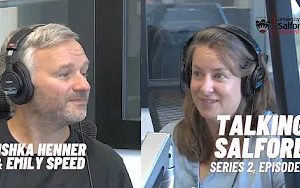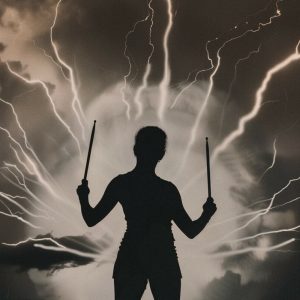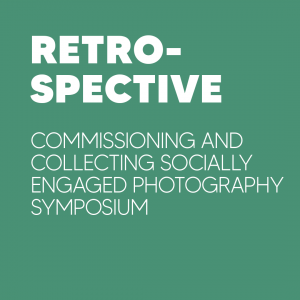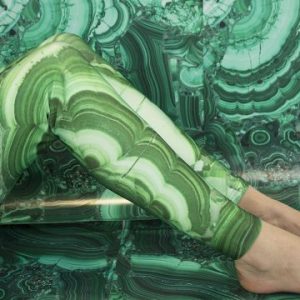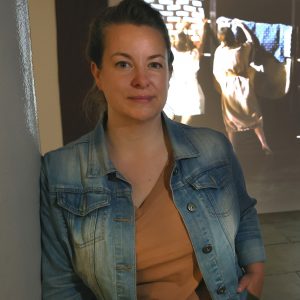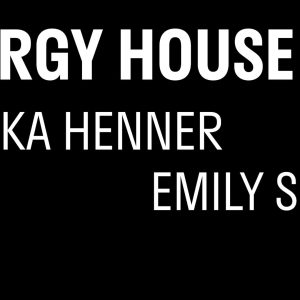
Energy House 2.0: Mishka Henner & Emily Speed
In Spring 2025 we launched an ambitious exhibition of new work by artists Mishka Henner and Emily Speed, in partnership with the Castlefield Gallery, Open Eye Gallery and Energy House Labs. The exhibition is the culmination of 18-month Artist Residencies with Energy House 2.0 at the University of Salford. Find out more here.

